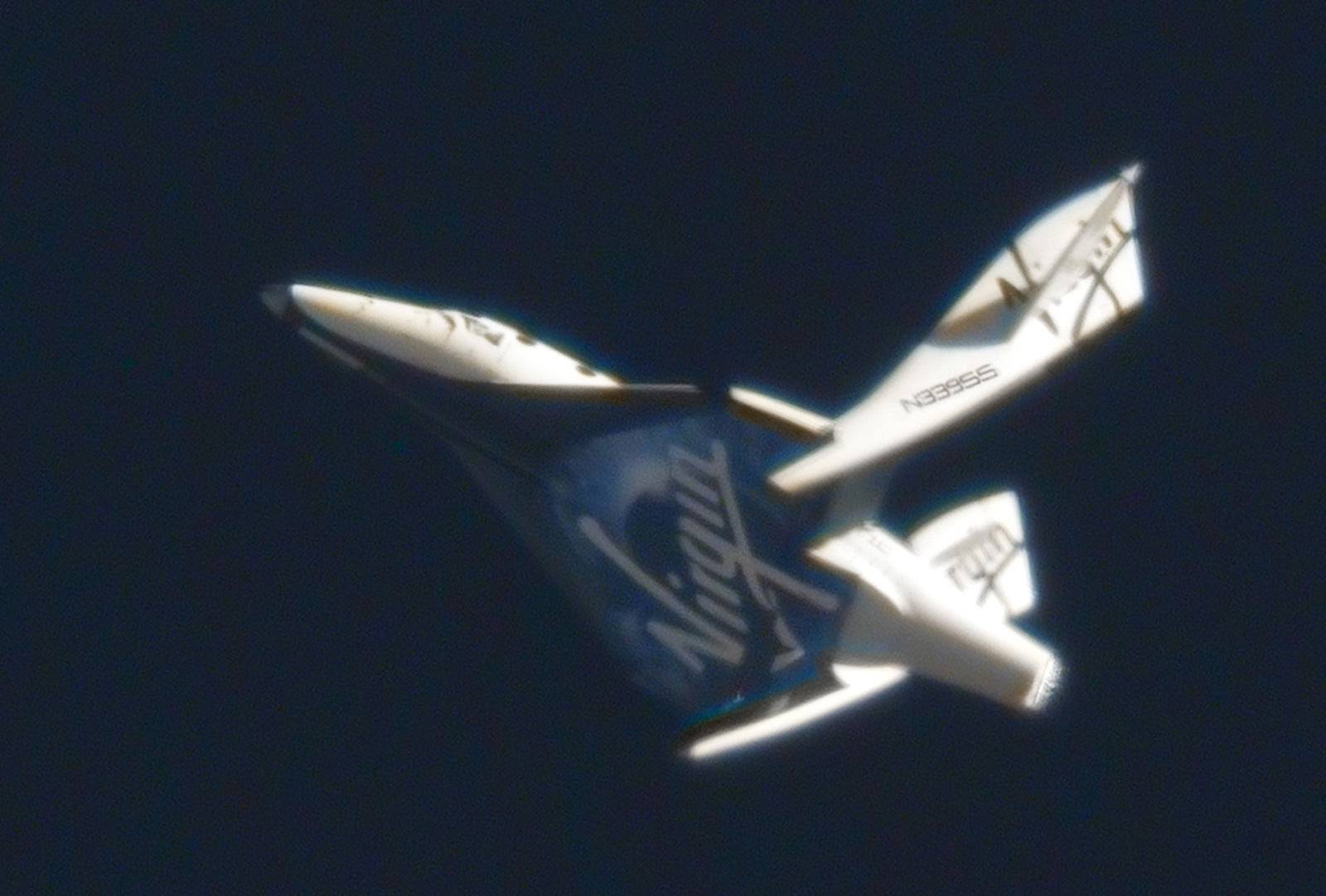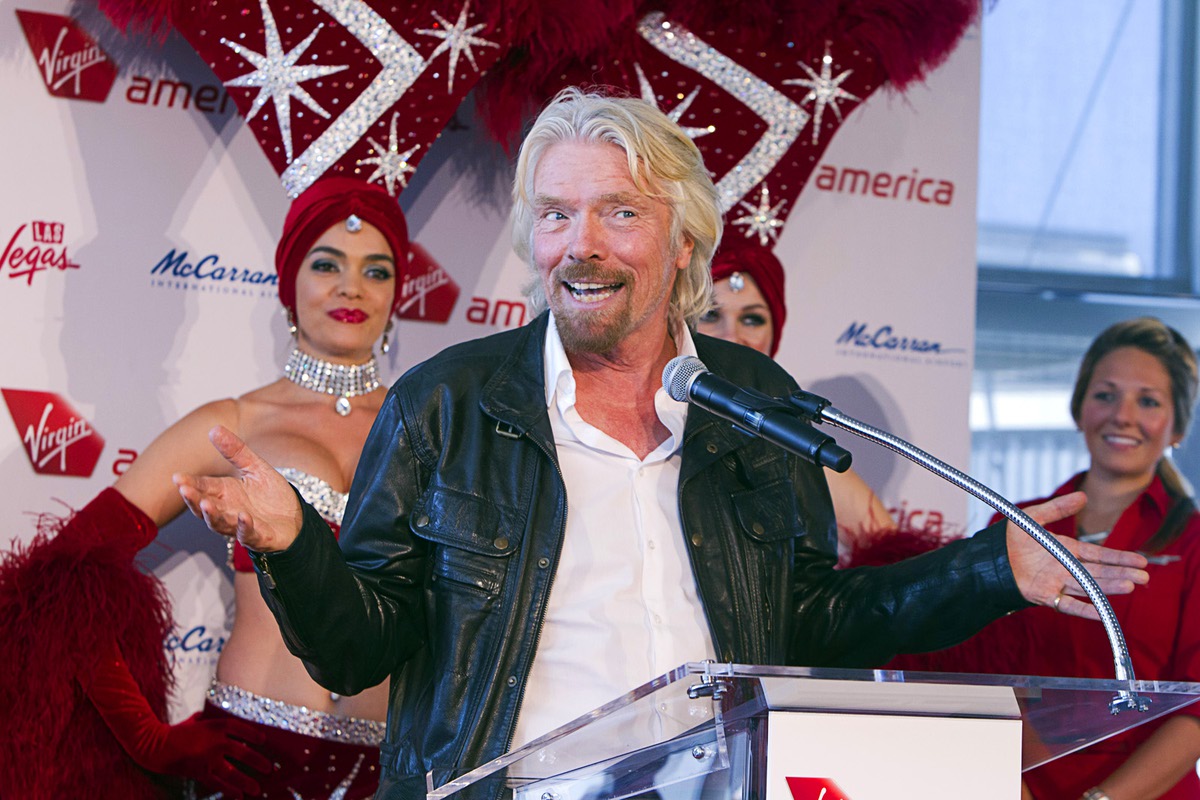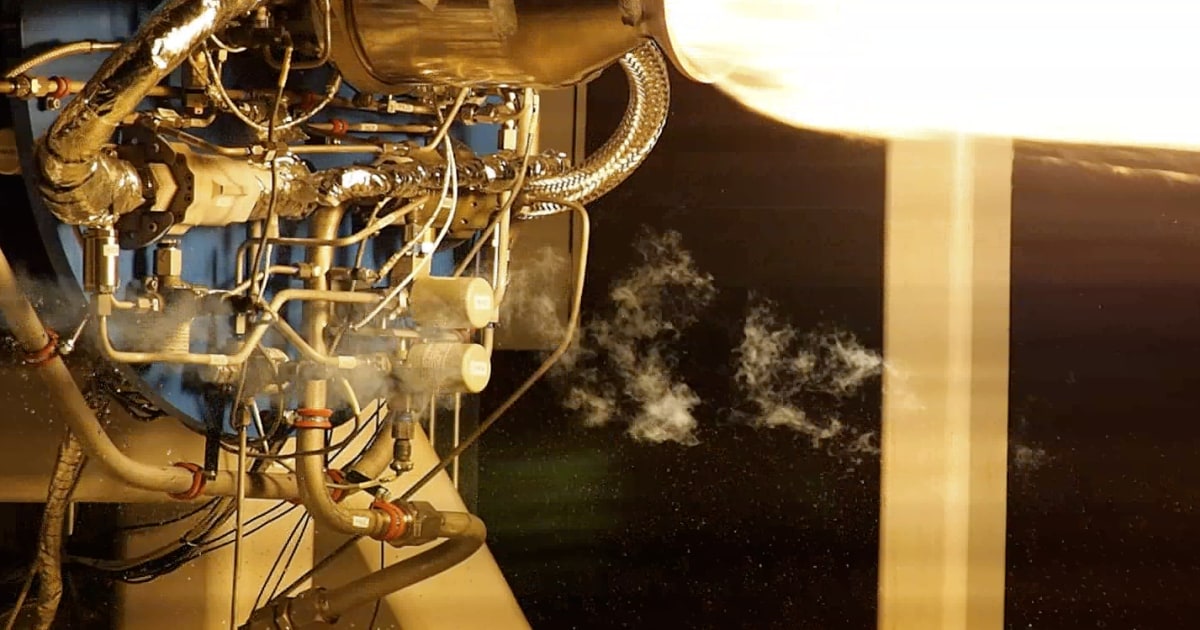Getting ready for SpaceShipTwo (SS2) powered flights to commence, so it's time for a fresh thread.
Repeating: SS2 is a commercial suborbital spaceplane that will carry a crew of 2, 6 passengers and/or experiments that only need a short period of microgravity. For external experiments there are external payload bays conforming to microsatellite form factors, and it can be fitted with NanoRacks internal bays that conform to Space Shuttle mid-bay locker standards.
SS2 is powered by a Sierra Nevada-SpaceDev RocketMotorTwo (RM2) hybrid rocket engine similar to those that will be used in Sierra Nevada's Dream Chaser orbital spaceplane. Hybrid rockets use a solid fuel but a liquid oxidizer, which unlike other solid rockets allows them to throttle, be shut down, and re-started.
SS2 is launched by the WhiteKnightTwo (WK2) mothership at 50,000+ feet, after which it fires its rocket, noses up and flies to over 62 miles (100 km), stays a while, then it re-enters.
On the way down SS2 folds its wing upward into a "feathered" configuration akin to a badminton shuttlecock. This produces both high drag and passive stability until it gets lower into the atmosphere. Then the wing is moved back into its normal flight configuration for a glide landing like the Shuttle.
SS2 #1 will be named VSS Enterprise, and SS2 #2 will be VSS Voyager.
WK2 #1 is named VMS Eve after Richard Branson's mother, a young version of which is depicted as "Galactic Girl" in Virgin Galactic's logo. WhiteKnightTwo #2 will be named "VMS Spirit of Steve Fossett", for reasons explained in the story below.
SS2 & WK2

Feathered configuration

Landing at the Mojave Spaceport


Repeating: SS2 is a commercial suborbital spaceplane that will carry a crew of 2, 6 passengers and/or experiments that only need a short period of microgravity. For external experiments there are external payload bays conforming to microsatellite form factors, and it can be fitted with NanoRacks internal bays that conform to Space Shuttle mid-bay locker standards.
SS2 is powered by a Sierra Nevada-SpaceDev RocketMotorTwo (RM2) hybrid rocket engine similar to those that will be used in Sierra Nevada's Dream Chaser orbital spaceplane. Hybrid rockets use a solid fuel but a liquid oxidizer, which unlike other solid rockets allows them to throttle, be shut down, and re-started.
SS2 is launched by the WhiteKnightTwo (WK2) mothership at 50,000+ feet, after which it fires its rocket, noses up and flies to over 62 miles (100 km), stays a while, then it re-enters.
On the way down SS2 folds its wing upward into a "feathered" configuration akin to a badminton shuttlecock. This produces both high drag and passive stability until it gets lower into the atmosphere. Then the wing is moved back into its normal flight configuration for a glide landing like the Shuttle.
SS2 #1 will be named VSS Enterprise, and SS2 #2 will be VSS Voyager.
WK2 #1 is named VMS Eve after Richard Branson's mother, a young version of which is depicted as "Galactic Girl" in Virgin Galactic's logo. WhiteKnightTwo #2 will be named "VMS Spirit of Steve Fossett", for reasons explained in the story below.
The rumor mill in Mojave has it that we will be seeing the first powered test flight of Virgin Galactic SpaceShipTwo by the end of this month. One specific date that has been rumored is April 22, which would have marked the 69th birthday of the late businessman and adventurer Steve Fossett.
In 2005, Fossett set an aviation record by flying the Virgin Atlantic GlobalFlyer around the world solo without stopping or refueling. That aircraft was built in Mojave by Scaled Composites, the developer of SpaceShipTwo, and backed by the Virgin Group, the company building SpaceShipTwo. Flying the space plane under power on his birthday would be a poignant tribute to Fossett, who died in a plane crash in California’s Sierra Nevada mountains two years after making his solo around-the-world flight.
Meeting that deadline would be tight, but possible. SpaceShipTwo completed the second of three planned glide flights with the engine installed on Wednesday. A third flight would be necessary in the coming weeks with a quick turnaround for a powered test.
Virgin Galactic CEO and President George Whitesides has said the powered flight program will involve firing the ship’s engine for increasingly longer periods of time, culminating in a suborbital flight into space above 100 km (62.5 miles). The company hopes to fly that mission by the end of the year, with commercial flights beginning out Spaceport America in New Mexico in 2014.
In 2005, Fossett set an aviation record by flying the Virgin Atlantic GlobalFlyer around the world solo without stopping or refueling. That aircraft was built in Mojave by Scaled Composites, the developer of SpaceShipTwo, and backed by the Virgin Group, the company building SpaceShipTwo. Flying the space plane under power on his birthday would be a poignant tribute to Fossett, who died in a plane crash in California’s Sierra Nevada mountains two years after making his solo around-the-world flight.
Meeting that deadline would be tight, but possible. SpaceShipTwo completed the second of three planned glide flights with the engine installed on Wednesday. A third flight would be necessary in the coming weeks with a quick turnaround for a powered test.
Virgin Galactic CEO and President George Whitesides has said the powered flight program will involve firing the ship’s engine for increasingly longer periods of time, culminating in a suborbital flight into space above 100 km (62.5 miles). The company hopes to fly that mission by the end of the year, with commercial flights beginning out Spaceport America in New Mexico in 2014.

Feathered configuration

Landing at the Mojave Spaceport
















Comment